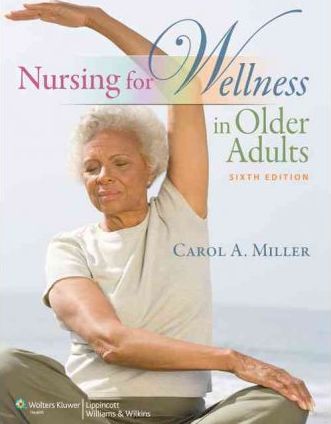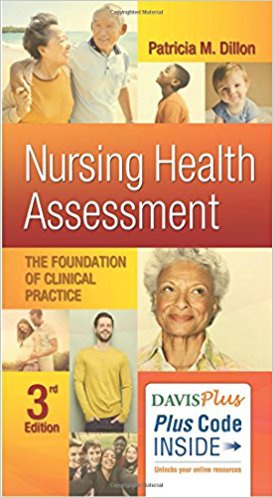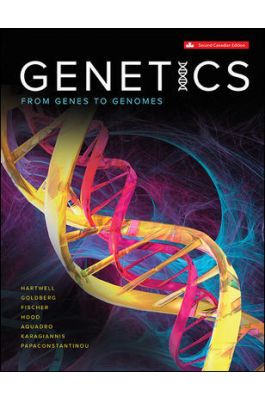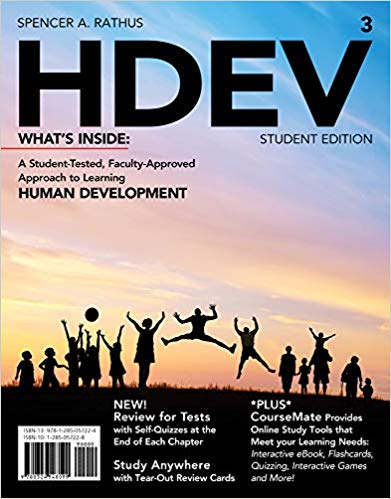Nursing For Wellness in Older Adults 6th Edition by Carol Miller -Test Bank
Do you need test banks fast? eTestBank.net is the best test bank website for you! Download your test bank right after you pay. No waiting!
Why eTestBank.net is Great:
✅ Instant Download:
Get your test bank right away after payment.
✅ Unlimited Downloads:
Download your test bank anytime and as many times as you want.
✅ 24/7 Live Help:
We are here to help you all day, every day.
✅ Guaranteed Delivery:
If you don’t get the download right away, we will send it to you in 3 to 6 hours.
How to Get Your Test Bank:
- Pick Your Test Bank: Choose from many test banks.
- Pay Safely: Pay securely on eTestBank.net.
- Download Instantly: Get your test bank immediately after payment.
- Download Anytime: Unlimited downloads whenever you need them.
Need Help? Contact Us:
📧 Email: [Support@etestbank.net]
📱 WhatsApp: [https://wa.me/message/MC222DLQ4GDXL1r]
Didn’t Get Your Download?
Don’t worry! If you don’t get the file right away, we’ll send it to you in 3 to 6 hours. Need it sooner? Contact us by email or WhatsApp.
💡 Buy now from eTestBank.net for instant downloads, unlimited access, and 24/7 support—get your test bank today!
when he was hospitalized for sepsis. He has a history of rheumatoid arthritis and a recurring problem with pneumonia. Which of the following theories best explains why he has had these concerns?
A)
Apoptosis theory
B)
Neuroendocrine theory
C)
Immunity theory
D)
Genetic theory
|
2. |
Until recently, a 77-year-old woman lived alone in her own home. Her younger sister assisted her with grocery shopping, and they would occasionally have lunch together. Recently, the woman fell on some ice and fractured her ankle. Her orthopedic surgeon and her case manager have obtained a short-term placement in a long-term care facility for rehabilitation physical therapy. After the patient’s physical therapy is finished and her ankle is healed, the patient tells her nurse that she wants to stay at the facility; she is very happy living there and likes the social interaction that she experiences there. Which of the following theories of aging best describes the status of this patient? |
|
A) |
Activity theory |
|
B) |
Person–environment fit theory |
|
C) |
Life-course theory |
|
D) |
Theory of thriving |
|
3. |
Which of the following statements best explains the relevance of psychological theories for gerontological nursing? |
|
A) |
Human needs theory allows the nurse to determine the priorities of nursing care for older adults. |
|
B) |
Life-span development theories support the belief that it may be difficult to initiate behavioral changes in older adults. |
|
C) |
Psychological theories explain why nurses should focus their discussion more on the present than on the past when talking with older adults. |
|
D) |
Psychological theories explain why reminiscence groups may not be beneficial for older adults. |
|
4. |
A 55-year-old adult female patient recently learned she has type 2 diabetes. She does water aerobics three times a week, has completed a diabetes education class, and does blood glucose monitoring herself. Her blood sugar and hemoglobin A1c have improved and she has lost weight. Which of the following statements best describes this patient’s actions? |
|
A) |
Age stratification theory |
|
B) |
Life-course development |
|
C) |
Compression of morbidity |
|
D) |
Longevity and senescence theory |
|
5. |
You are asked by the son of an 81-year-old patient about vitamins, antioxidants, and age-related macular degeneration. Which of the following theories of aging will help you most when responding to him? |
|
A) |
Immunity theory |
|
B) |
Wear-and-tear theory |
|
C) |
Free radicals theory |
|
D) |
Nonstochastic theory |
|
6. |
A group of nurses is involved in the planning and implementation of a health promotion campaign that is aimed at older adults. Which of the following questions is the best guide to such a campaign? |
|
A) |
“How can we help older adults maintain wellness as they age?” |
|
B) |
“What can we do to increase life expectancy in our region?” |
|
C) |
“How can we help older adults avoid age-related changes? |
|
D) |
“What is stopping older adults from living longer lives?” |
|
7. |
A gerontological nurse is aware that quality of life is an important consideration when assessing the functioning of older adults. What measure should the nurse use when appraising older adults’ quality of life? |
|
A) |
Gerotranscendence |
|
B) |
Life expectancy |
|
C) |
Senescence |
|
D) |
Active life expectancy |
|
8. |
A 74-year-old woman has recently begun integrating more fresh fruit and vitamin supplements into her diet in an effort to increase the levels of antioxidants in her body. This woman’s actions indicate an understanding of what theory of aging? |
|
A) |
Cross-linkage theory |
|
B) |
Program theory of aging |
|
C) |
Immunosenescence |
|
D) |
Free radical theory |











